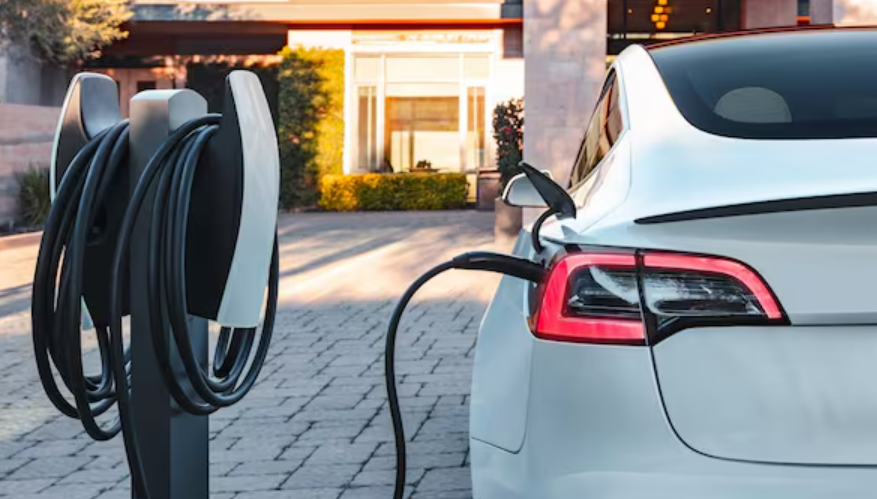As it turns out, EVs are far more polluting and worse for the environment compared to petrol and diesel powered ICE vehicles. EVs release more particulate matter from brakes and tyres compared to modern gas-powered vehicles potentially up to 1,850 times greater

Amidst growing concerns about climate change, electric vehicles (EVs) have emerged as a popular choice for environmentally conscious consumers. However, a recent study by Emission Analytics challenges the notion that EVs are inherently better for the environment than traditional petrol and diesel cars.
Featured in a Wall Street Journal op-ed, the study sheds light on the issue of particle pollution originating from brakes and tyres in both EVs and fossil fuel-powered vehicles.
Contrary to popular belief, the study suggests that EVs may actually release significantly more particulate matter from brakes and tyres compared to modern gas-powered vehicles equipped with efficient exhaust filters, potentially up to 1,850 times greater.
The concern primarily revolves around tyre wear, with Emission Analytics highlighting that the heavier weight of EVs accelerates tyre deterioration, leading to the release of harmful chemicals into the air. This is exacerbated by the fact that most tyres are made from synthetic rubber derived from crude oil.
Additionally, the study underscores the impact of battery weight, as EVs typically have heavier batteries compared to traditional gasoline engines. This extra weight increases strain on the brakes and tyres, further contributing to wear and tear.
For instance, the study references popular EV models like the Tesla Model Y and Ford F-150 Lightning, both equipped with batteries weighing around 1,800 pounds.
According to the study, tyre wear emissions from an EV with a half-tonne (1,100 pounds) battery could be over 400 times higher than exhaust emissions from a modern gasoline car.
While much attention has been focused on tailpipe emissions, this study emphasizes the importance of considering particle pollution from brakes and tyres when evaluating the environmental impact of EVs.
Article Credit: firstpost